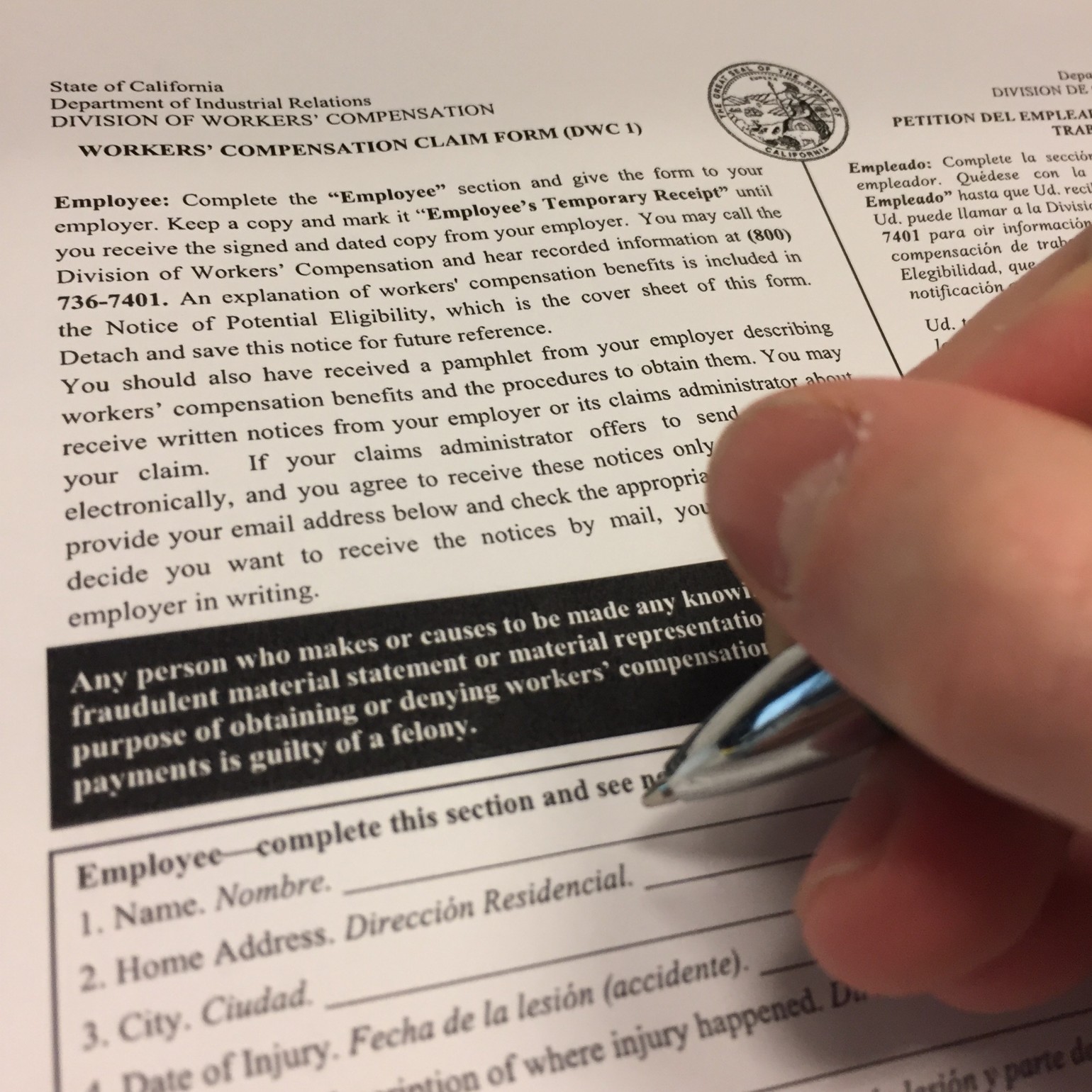Experience Modifier (X-Mod) Changes coming to California Employers, January 1, 2017
By Ben Green
From the Desk of Kristi Dean:
Clients and friends, though I have been practicing law for over three decades and managing a business for many of those years, I still have a hard time understanding how workers compensation premiums are calculated. Many of you know on January 1, things are changing – again. The below article is written by Ben Green, a friend of Stone | Dean, and a certified Workers’ Compensation adviser.
Q&A With Ben Green
Thank you to Kristi Dean for the opportunity to write this article. When Kristi approached me, the rating plan was in development. I had forwarded her many articles that were incredibly technical and she expressed understandable frustration over the complexities of the new law. Here is the information that can help business owners understand how to prepare themselves for the coming years:
Q: “What is a Modifier, and how does it work?”
A: A Modifier is similar to a credit score. Typically the lower the loss ratio a business has, the better the credit score. On a $10 per $100 net, work comp rate, a business with several losses may have a modifier of 1.50. A business with low losses and several years of paying into work comp may have a modifier of .70. The rate is multiplied by the modifier to get a net rate. At a 1.50 modifier, the business would be paying $15.00 for the same insurance that the business with a .70 modifier pays $7.00.
Q: “Before 2017, how was the modifier calculated? (You can skip the equation and give me the goods!)”
A: In the past, an employer’s actual workers’ compensation losses were divided into primary losses and excess losses, where the first $7,000 in losses for each injury was considered primary and was included at 100% value on an employer’s ex mod, while dollars above the $7,000 split point were deemed excess losses with less impact falling on the mod. This $7,000 split point, or primary threshold, has not changed since 2010. Dividing losses into primary and excess components and weighting these components differently has the impact of giving more weight to claim frequency in the experience rating formula and less weight to claim severity. For example, 10 $2,500 claims will have a greater impact on an employer’s experience mod than a single $25,000 claim. The plan is designed so if only one or two workers sustain injuries, an employer’s ex mod won’t “spike” in an extreme way. The split point helps prevent an employer with one $25,000 freak accident claim from having the same ex mod as the potentially less safe employer that had 10 $2,500 claims.
Q: “What is the change?”
A: The new changes establish a variable split to fall anywhere in the $4,500-$75,000 range, while eliminating excess losses altogether.
Q: “How will it work?”
A: With this new system, if an employer’s variable split is $50,000 and a claim is valued at $45,000, the entire amount of the claim will be considered primary. For an employer whose split point is $10,000, the first $10,000 of the claim would be considered primary and the remaining $35,000 in the excess loss would not be included in their experience mod calculation. Any dollars on a claim above the split point will not be used in the ex mod formula (zero weight is given to claim dollars in excess of the variable split point). As a result of this change, there will be more than 90 different thresholds.
Q: “How much will this cost my business?”
A: While there is no expected overall premium impact, the variable split point is expected, according to the WCIRB, to place greater weight on claim frequency than on claim severity. Employers that have greater claims frequency than the average for their industry will have higher experience modifications under this new plan. But employers with only one loss in the calculation will continue to be limited to no more than 25 points above the loss free rating percentage. The concept of one-size-fits-all when it comes to workplace injuries is out the window.
Q: “Does the amount of employees we have affect our expected losses?”
A: The WCIRB will use expected losses as a measure of employer size. Expected losses are calculated based on the reported payroll for all policies in the experience period and expected loss rates by classification per $100 of payroll.
In conclusion, it is more important than ever to bolster your business’ processes. Management of care for an injured worker is critical. Safety programs need to be reviewed against measurable standards.
If you would like a comprehensive review and consultation, please call me to set an appointment.
Ben Green
Ben Green Insurance Agency, LiC#0D03631
Certified Workers Compensation Adviser
Ben@bengreenins.com
www.bengreenins.com
(626)290-0888




